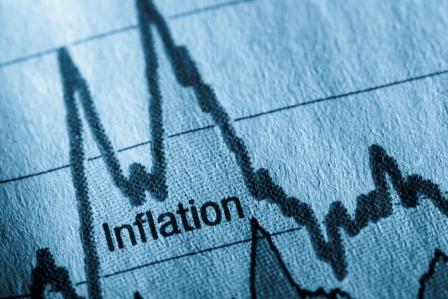The one-way rally in the market which took the Nifty from the March 2020 low of 7611 to the October 2021 high of 18604 was a unique rally without any major correction. After that rally, which ended in October 2021, markets have turned excessively volatile. Let us look at the triggers of this volatility and the ideal investment strategy in these volatile times.
Inflation has emerged as a threat to economic growth and markets, globally. In US, inflation touched 8.3 percent in April; in the Euro Zone inflation is at 7.5 percent and in UK at 9 percent. In countries like Turkey and Sri Lanka there is hyperinflation. In India, CPI inflation is at 7.8 percent. Rising inflation has negative implications for the economy and markets in the short run.
A combination of factors has contributed to the rising inflation. Humungous liquidity created by the leading central banks of the world, particularly the Fed, supply chain disruptions caused by the widespread lockdowns in China and the spike in energy and commodity prices triggered by the Ukraine war have combined to produce high levels of inflation, globally. Central banks are tightening monetary policy. Interest rates are going up.
The Fed is on an aggressive monetary tightening path. After the 50 bp rate hike in May, two more rate hikes of 50 bp each are expected in the next two FOMC meetings. Even though further Fed actions will be data dependent, markets have factored in a terminal Fed funds rate of around 3 percent in 2023. This has already impacted capital flows and currency markets. The dollar index and the US 10-year bond yield have appreciated sharply. This is unfavorable for equity markets in the short run, more so for emerging market equities.
Like the Fed, the RBI too has started raising rates. The MPC made an out of cycle rate hike of 40 bp on May 4th. More rate hikes are in the offing. This will impact economic growth in India. RBI has already revised down India’s GDP growth rate for FY 23 to 7.2 percent. High inflation and interest rates can impact corporate earnings too.
It is important to appreciate the fact the situation is highly volatile. The big unknown factor now is how long the Ukraine war will linger. Since the war is the single most important factor that has pushed up energy and commodity prices, if the war suddenly ends it can trigger a crash in crude and other commodities leading to moderation in inflation. Consequently, central banks may turn less hawkish than they are now. This will be positive for markets. But now, this is an unknown area.
Adopt a cautious investment strategy
It is better to adopt a cautious investment strategy in these highly volatile and uncertain times. Even after the recent corrections, the market is not cheap. At 16000, Nifty is trading at above 18 times FY 23 earnings. This is higher than the long-term average of around 16. At the same time, valuations are fair in certain pockets. Therefore, investors can use the weakness in the market to slowly accumulate high quality stocks in sectors like financials, IT, select autos and cement and export segments like chemicals and pharma. In fact, calibrated buying in small quantities, in blue chips across sectors, would be a safe investment strategy.
This is not the time for aggressive buying and bulk investment. If investors have large amounts available for investment, such amounts may be invested spread over a period of say, 10 months. A Systematic Transfer Plan (STP) would be an ideal strategy. SIPs should be continued.








